基于单机片的双模式智能照明系统设计
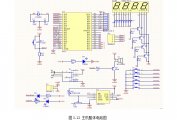
基于单机片的双模式智能照明系统设计(任务书,开题报告,外文翻译,论文12500字)
摘要
随着现代社会的不断发展,人们对于照明系统的要求也越来越高,然而目前国内大多数公共场所的照明系统都是采用手动的控制方式,未及时关灯的现象经常出现,并且由于这些照明设备大多工作时间较长,如果不进行科学的管理,就容易造成严重的浪费现象,在此情况下智能照明系统应运而生。
本文主要运用了电子和单片机技术对智能照明系统的原理与系统的重要模块进行分析,根据设计要求和功能需求进行各个模块的设计和选择,提出了一种智能照明控制系统的设计方案。本系统运用光敏电阻来对环境亮度进行采集,通过模数转换大大减少了系统的结构,以STC89C52系列的单片机为控制核心,可以实现对光照亮度的自动和手动控制,达到改善照明环境的效果,具有节约资源,延长灯具设备的使用寿命等优点。最后对整体性能进行测试和分析,基本实现了课程要求,达到了预期的目标。
关键词:照明系统;单片机;模数转换;控制
Abstract
With the continuous development of modern society, people have higher and higher requirements for lighting systems. However, at present, most of the lighting systems in public places in China adopt manual control mode. The phenomenon of not turning off the lights in time often occurs. Because most of these lighting devices work for a long time, it is easy to cause serious waste if they are not managed scientifically. In this case, intelligent lighting system came into being.
This paper mainly uses electronic and single chip technology to analyze the principle and important modules of intelligent lighting system. According to the design requirements and functional requirements, each module is designed and selected, and a design scheme of intelligent lighting control system is proposed. The system uses photoresistors to collect the brightness of the environment, and greatly reduces the structure of the system by analog-to-digital conversion. With STC89C52 series single-chip computer as the control core, it can realize automatic and manual control of the illumination, achieve the effect of improving the lighting environment, save resources and prolong the service life of lamps and lanterns. Finally, the overall performance of the test and analysis, the basic realization of the curriculum requirements, to achieve the desired objectives.
Key Words:lighting system;microcontroller;analog-to-digitalconversion;control
2.1 系统设计分析
想要设计一个好的系统,就得做好充足的前期准备。首先,要清楚的了解系统的整体框架及系统的组成部分。其次你要清楚地知道这个系统想要实现的功能,这样你才会有思考和设计的方向[9]。还要注意怎样才能被大家所接受,多站在用户的角度去考虑而不仅仅是作为设计者。除此之外,你还还应当考虑它在市场中现在的应用情况以及将来是应用前景,所设计和实现的功能在现实中是否有实在的意义,还有参照当今社会的主流技术,看看设计是否符合技术的发展方向,当然,还有考虑自身的技术水平,在能力范围之内去做一些有意义的设计。
除了以上设计的要求之外,还应当注意设计的稳定性,要对硬件设施的检测工作高度重视,因为一旦出现一点小小的故障就有可能会导致整个系统的崩溃必须要保证系统能稳定的运行,不会出错,确保在工作时段内能稳定的带给用户良好的体验,所以在设计时务必要小心谨慎。还要注意安全性问题,系统的安全一直以来都是一个不容忽视的问题,软件上可以设置一些身份确认程序,以防止其它无关人员的操作,在硬件上可以分别为各个模块设计保护电路以避免发生危险,保证其能正常工作。设计电路和程序的时候还要注意简化,不仅可以节约资源还减少了响应时间,降低设计的成本,利于生产推广。初此之外,适用性等问题也是要考虑的因素。
2.2 总体结构设计
传统的照明系统已很难满足人们现代化的需求,针对这一问题本文设计了一种智能照明系统,系统的整体结构框图如图2. 1所示,其中STC89C52系列的单片机为核心控制模块,由光敏电阻和模数转换部分组成实时光信号采集模块,用四位共阳数码管作为显示模块来显示环境亮度及其他信息,按键则用来完成用户控制功能,LDE作为指示灯,蜂鸣器用作报警系统。
[版权所有:http://DOC163.com]
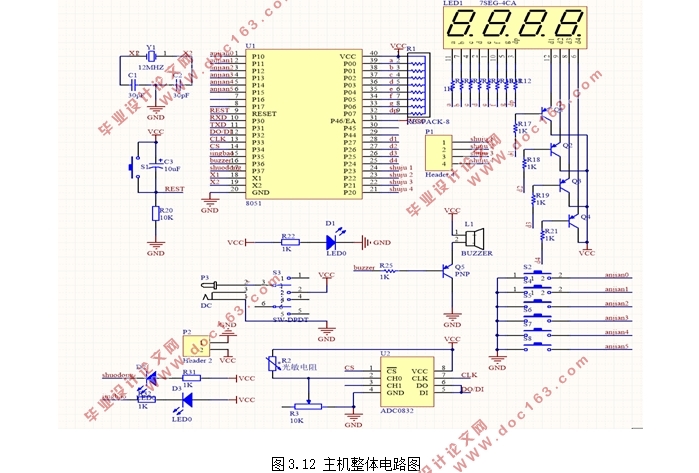
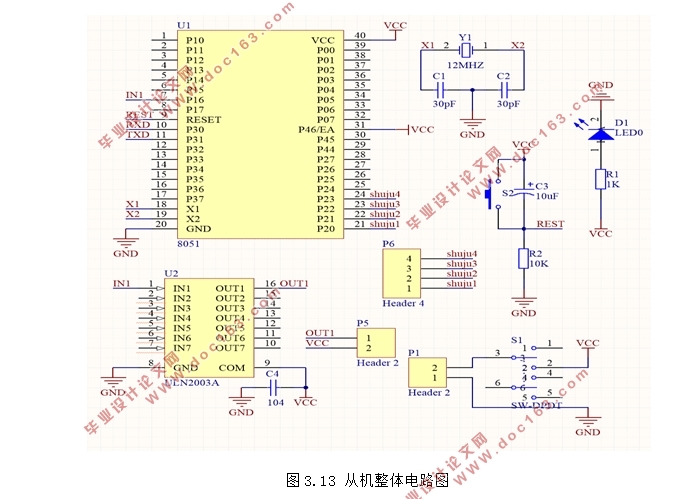

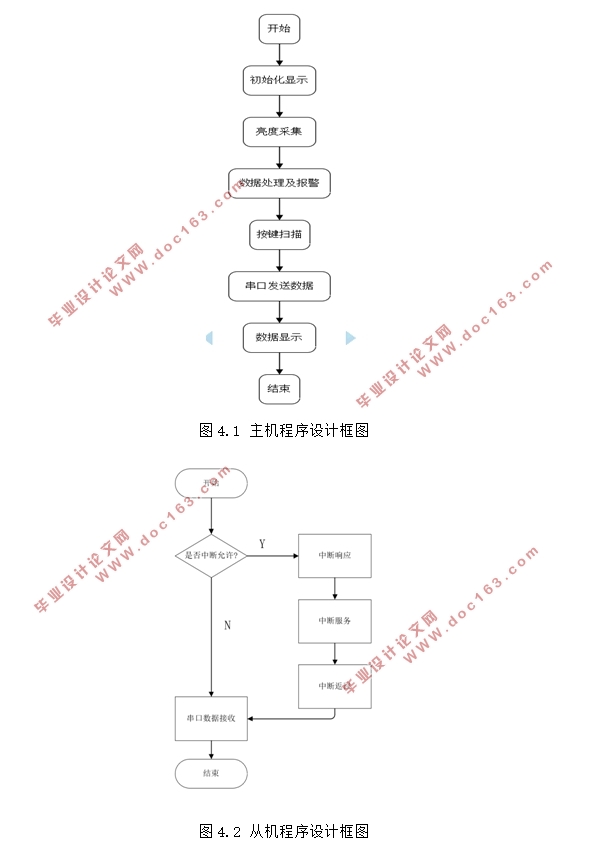
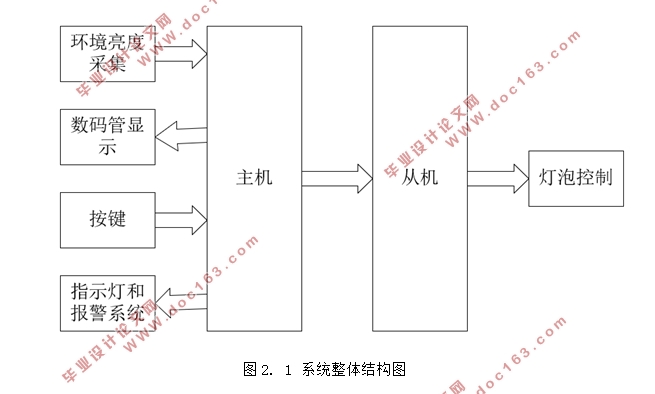
[版权所有:http://DOC163.com]
目 录
第1章绪论 1
1.1 研究背景及意义 1
1.2 发展历史与现状 2
1.3发展趋势 2
第2章系统结构设计 4
2.1 系统设计分析 4
2.2 总体结构设计 4
第3章智能照明系统的电路设计 7
3.1 控制系统电路设计 7
3.2显示电路设计 13
3.3报警电路设计 14
3.4环境亮度检测电路设计 15
3.5 灯泡控制电路设计 17
3.6整体电路设计 19
第4章智能照明系统软件设计 21
第5章电路焊接与系统调试 23
5.1 电路的焊接 23
5.2 系统的调试 23
第6章小结 26
参考文献 27
附录 28
致谢 36 [资料来源:www.doc163.com]
